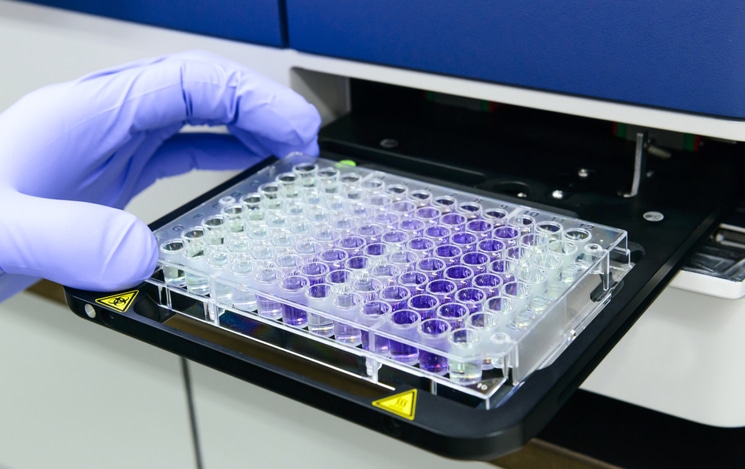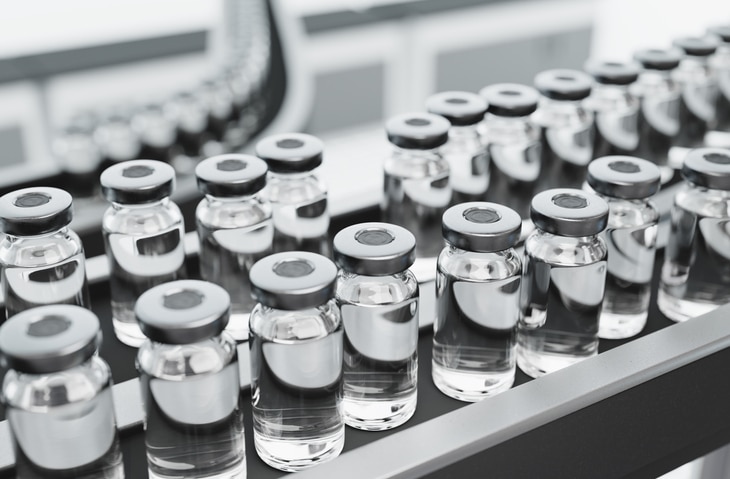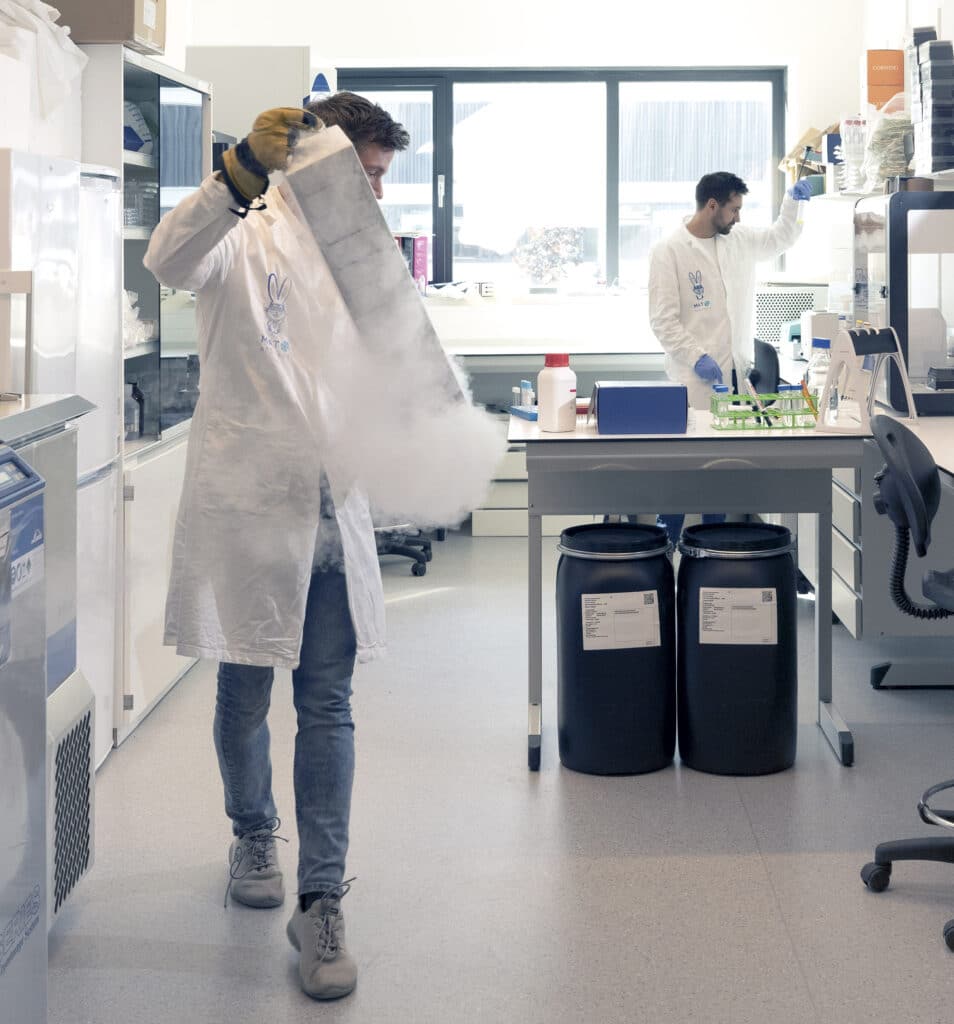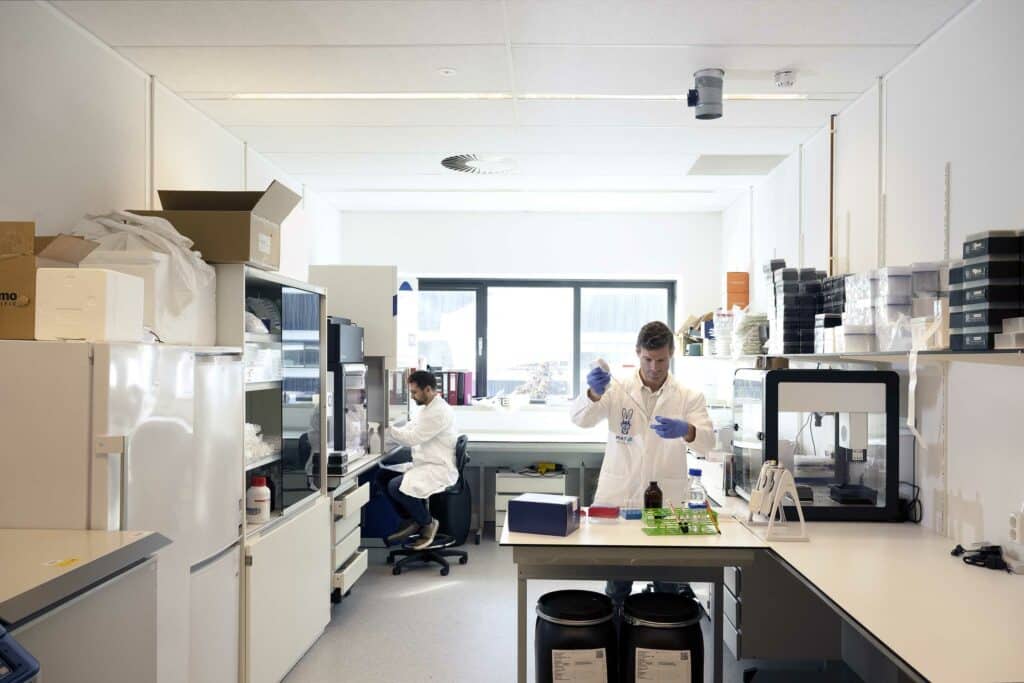Overcome Low Endotoxin Recovery (LER) Effects with MAT
Low endotoxin recovery (LER) effects have become a mainstay of challenges facing pharma manufacturing and supply sites. While LAL and RPT have proven ineffective in helping overcome LER effects, MAT promises hope.

What is the low endotoxin recovery (LER) effect?
Low endotoxin recovery – often described as a masking effect – points to where a reduced quantity of endotoxin is recovered after an undiluted product is spiked with a known quantity of endotoxin. Whilst the effect is an occurrence that was initially observed in products containing the excipients polysorbate and citrate, subsequent studies in this area have found instances of LER effects in a variety of other products too – for instance, those with phosphate-containing formulations.
Although the principle which underlies the LER effect is still to be fully comprehended, a growing body of literature provides glimpses of understanding. Specifically, where LER effects have occurred, changes in the LPS molecule’s structure were observed, leading to decreased endotoxin binding to factor C – the crucial component in stimulating the enzymatic cascade required for endotoxin detection in the LAL or rFC test.

Why is the LER effect a problem?
LER effects pose significant problems for manufacturing and supply sites during routine testing of a drug as a part of its batch release. In this process, the labs test both a spiked sample of a drug batch as their control and an unspiked sample to detect possible endotoxin contaminations within the batch. While testing the spiked solution, the internal validity of the test results is determined — ensuring that where for instance, the amount of LPS detected is low, that is, in fact, due to the low amount of LPS in the sample, not due to the assay’s inability to detect LPS within that particular drug.
Where the LPS recovery percentage found after testing a spiked drug solution is below 50%, LER effects are at play. When the effect is observed in testing a spiked solution, the implication is that upon testing its paired unspiked solution, the assay would not detect such contaminations if there were contamination of endotoxins. Thus the batch from which these samples were derived would pose a significant risk to patient safety if released. Unless these LER effects are overcome, and it is established that the drug is not contaminated with endotoxins, the drug will not be released into the market.
By this same token, LER effects pose an interesting headache for manufacturers. Specifically, products not in fact contaminated by endotoxins and completely safe from this perspective could be stalled from being released due to the LER effects observed while testing them.

What are the options for overcoming low endotoxin recovery effects?
Compared to the LAL or rFC test, the monocyte activation test (MAT) is significantly less susceptible to LER effects. This lower susceptibility is likely rooted in the biological rather than enzymatic reaction by which the MAT assay works.
One early piece of research pointing to this was carried out by Dinarello et al. (1984), who evidenced the failure of LAL in detecting the endotoxins (i.e., a low endotoxin recovery effect, though the term had not yet been coined) that were present in a biosynthetic human growth hormone, which in turn induced inflammatory responses among healthy recipients upon their injection. When MAT was implemented, however, the pyrogens were successfully detected, and the safety of the injected drug was ensured.
Since then, a growing body of research has been adding weight to this. One recent example that underlines the usefulness of MAT in the face of LER effects is Mozier’s (2019) paper titled ‘MAT as a developmental pyrogen test tool.’ This paper predominantly describes the industrial application of EP 2.6.30 for MAT as an alternative to the RPT as a risk assessment when using the endotoxin test for pyrogen testing. It also discusses how MAT may assist in troubleshooting when products display LER effects. Specifically, the study proposes MAT as the preferred release test if MAT/RPT results are negative, but the product exhibits low endotoxin recovery effects when used in BET.

MAT Research can help you overcome LER effects
MAT Research partners with some of the very largest pharmaceutical companies in the world. As many of our partners have, at some point, in some way, faced a LER effects obstacle, we’ve gained a great deal of experience in how to help overcome these effects using our MAT technology.
For example, when conducting tests on biologics like intravenous immunoglobulin (IVIG), we observed LER effects at higher concentrations of these products. However, the effects observed were ultimately overcome as we were able to dilute these products thanks to the sensitivity (Lower Limit of Detection) of our MAT kit.
Product-specific validation of each of these products then successfully resulted in finding three different product dilutions with an LPS recovery percentage between the allowable range of 50-200% — thus not exceeding the MVD of the product.